The Ins And Outs Of Four-Wheel Steering
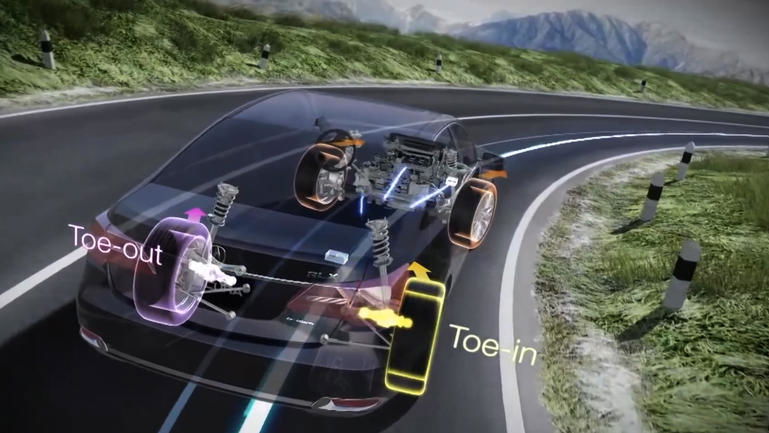
Four-wheel steering is a very complicated combination of position sensors, actuators and an on-board computer that effectively increases the mobility and stability of a car at both low and high speeds. The most famous car to feature this technology was the Nissan Skyline R34 GTR which used Nissan’s HICAS (High Capacity Actively Controlled Steering), with Nissan pioneering the technology in the R31 Skyline from 1986.
There are two different areas of four-wheel steering as mentioned – one for slow speed driving and one for high-speed driving. At anything under speeds of around 30mph, the rear wheels are actuated to turn in the opposite direction to the front wheels. Instead of the only turn-in being from the front end, the rear wheels help to essentially articulate the car, reducing the turning radius dramatically.
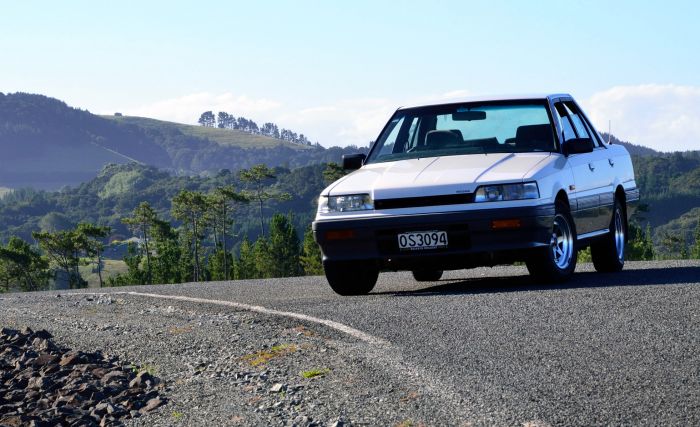
At high speeds, the opposite occurs; the rear wheels are actuated in the same direction as the front tyres, resulting in what is essentially an activation of the rear end. The rear wheels share the turning forces with the front wheels, which makes for a much more stable vehicle in high-speed bends as the rate of yaw is dramatically reduced. The stability created by the dynamic rear wheels reduces the movement of the car’s weight around its vertical axis with the slight turn-in opposing the lean of the car’s mass as it naturally sways through a corner. What the four-wheel steering is effectively achieving is simulating the shortening and lengthening of the wheelbase.
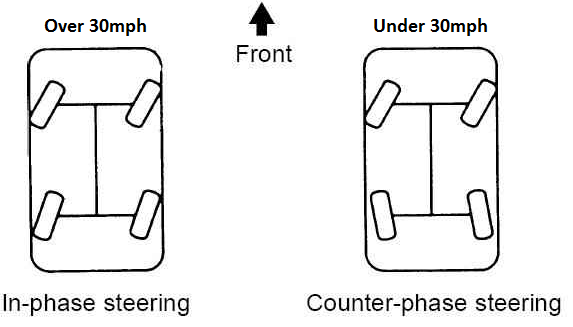
The modern electrical systems use an accelerometer to measure the vehicle’s speed, as well as motion sensors on the front axle to measure steering lock. This is then translated to actuators on the rear axle which generally apply around 1.5-2.5 degrees of lock to the rear wheels. On average, every fifteen degrees of frontal steering lock equates to around one degree of rear wheel movement. The affects can be profound with turning radii decreasing by up to 25 per cent. High-speed track driving also benefits, especially in high-speed overtaking as well as evasive manoeuvres at motorway speeds.
Nissan were great advocates of four-wheel steering and started with hydraulic HICAS systems which could turn the rear wheels up to 10 degrees in either direction. As research and development increased in their sports car divisions, it wasn’t long before HICAS went fully electric.
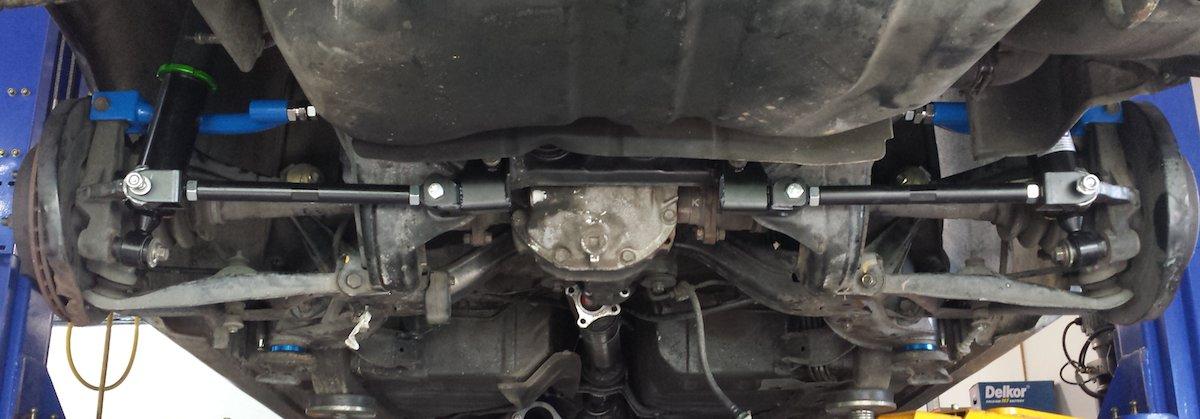
The older hydraulic systems were massively complicated in their construction and were said to sometimes cause hairy handling due to a lack of calibration over time. This is one reason why four-wheel steering slowly became unpopular after a surge in the 1980s and 90s. But with the increase in electric automation, actuated four-wheel steering has made a comeback. Porsche GT’s Andreas Preuninger has said that the electric system on the 991 911 is so quick and precise that you can’t tell it’s working at all.
The hydraulic four-wheel steering systems on the other hand were solely mechanical, with a shaft transmitting the frontal steering angle to a small gearbox which then influenced the toe of the wheel through the movement of the rear tie rods.
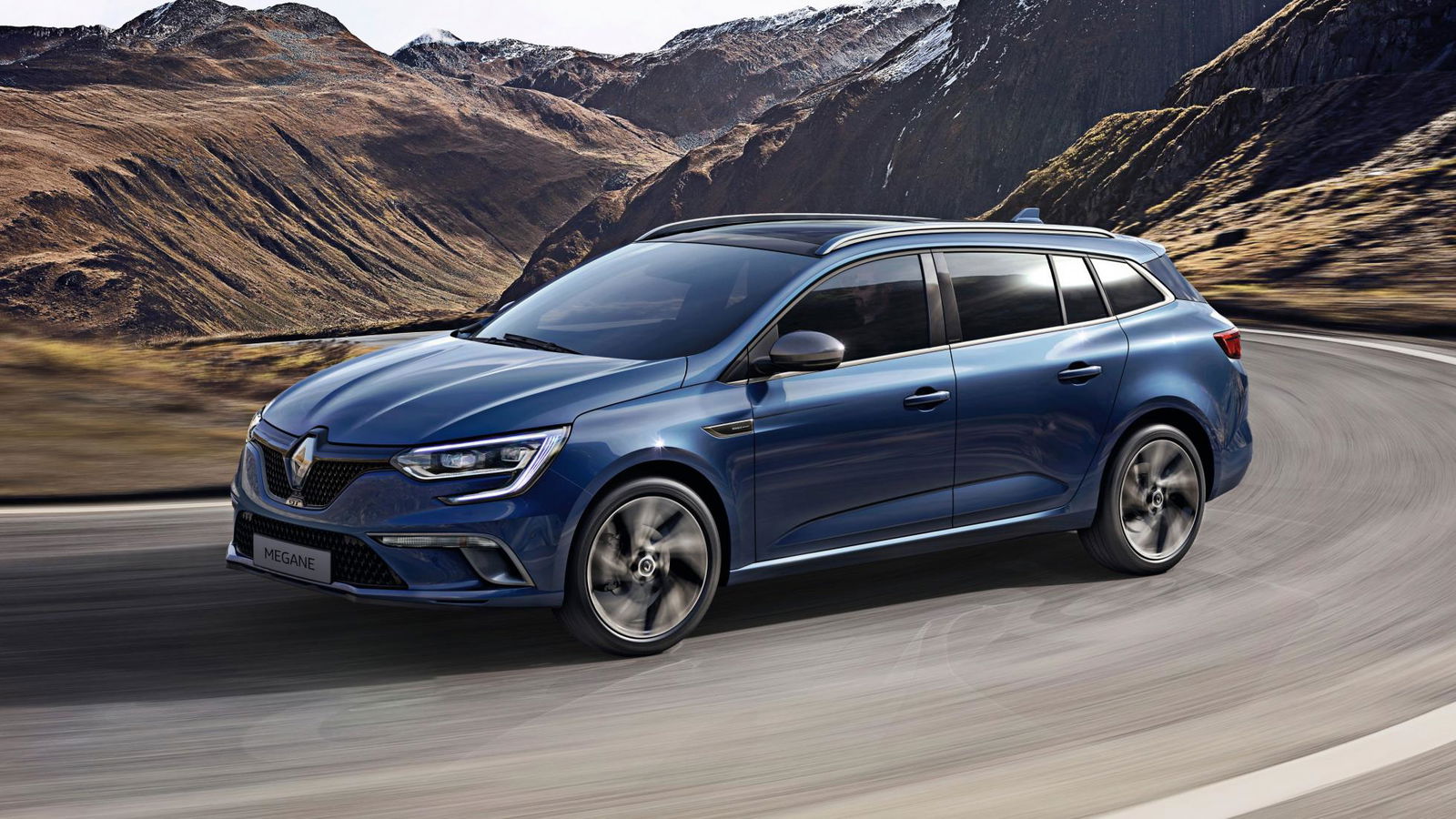
Thankfully, modern manufacturing systems are making four-wheel steering affordable for a much wider market, with Renault managing to feature a fully-fledged system on the Megane Sport Tourer GT. After being consigned only to sports cars or as an optional extra, it seems that manufacturing costs have decreased and have therefore reintroduced four-wheel steering to us mere mortals.
So, maybe it won’t be long until even hot hatches feature some form of four-wheel steering. Which car would you like to see feature this re-emerging technology? Comment below!
Comments
Everytime I hear about Four Wheel Steering, it reminds me of this xD
Wait,the R34 GTR got 4W steering?Never knew that!
Some drivers do not like the Renault’s 4 wheel steering since there’s the point (60/80 km/h) when the car becomes less nimble and steers in a different way, so you never know what to expect when driving fast in corners. However, it works very well below this point.
The ‘ins’ and ‘outs’
How does it affect drifting? Do people disconnect the back wheel steering or leave it?
How can you forget Honda, who first brought the technology to the market?
You seem to have forgotten Honda, who first brought the technology to the market.
Chevrolet actually did this in the early 2000s on the Silverado. Not many people bought it so it didnt last long
Anyone who’s driven one of these baby’s already knows.
How could you forget the 4ws on the Honda preludes 3-5th gen
Pagination